Respiratory tract infections (rhinotracheitis, calcivirosis, mycoplasmosis, bordetellosis) are common reasons why cats cough.
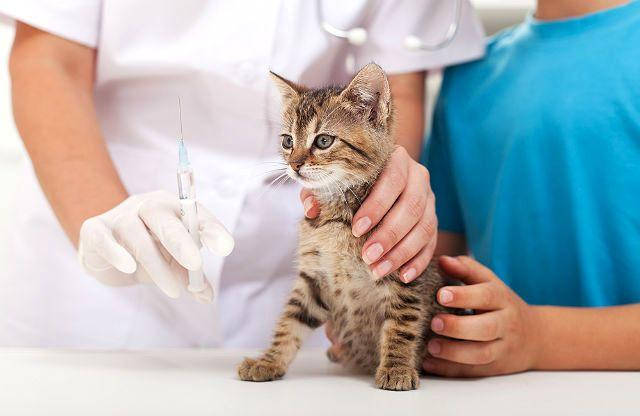
- Cat coughing: types of coughing, causes, treatment
- Features of feline coughing
- What constitutes a cough in cats
- Types of cough depending on the cause
- Allergic
- Asthma
- Viral
- Why is the cat coughing and wheezing?
- How to treat wheezing breathing
- If the cat is coughing, what to treat and how to help
- Prevention
- Why is the cat coughing? Coughing causes in cats
- The main reasons why a cat is coughing
- Diagnosing the causes of cat cough and making a diagnosis
- Why is the cat coughing and wheezing, what diseases may be
- Who coughs and wheezes: what are the dangers, symptoms and insidious and different
- Reasons for wheezing or coughing
- Symptoms and diagnosis
- Why does a cat sneeze and cough?
- Specifics of the cough
- The main provocateurs
- How to help a cat who has choked
- Preventive measures
Cat coughing: types of coughing, causes, treatment
Often, if a cat coughs, the first thing the owner thinks is that the animal has choked or caught a cold. Because he builds associations between himself and his pet. However, the causes of coughing in cats and humans are very different. Therefore, if the owner began to notice that the cat is coughing, it is time to look closely at other symptoms to assess the condition of the pet.
Coughing in a cat, like in humans, is a protective reaction of the body when there is a sharp expulsion of air through the mouth – an audible exhalation. This is to remove foreign objects from the airways: particulate matter, dust, as well as bacteria, viruses, fungi, and mucus that accumulate with inflammation.
In cats, cough receptors are located in the trachea, larynx, bronchi. Therefore, coughing in animals occurs when there are abnormalities in these organs. However, these same cough receptors also respond to external irritation from neighboring organs and tissues. Hence, the number of causes that can cause a cat to cough and wheezing increases dramatically.
Sometimes the cough is accompanied by vomiting. The acidic contents of the stomach enter the larynx, irritate it and the coughing fit increases. Therefore, the owner, seeing the coughing pet, thinks it is vomiting.
It is important for the owner to be able to distinguish between states when the pet wants to vomit or regurgitate and when it is coughing.
Features of feline coughing
To make an accurate diagnosis, the doctor will definitely interview the owner about the nature of the cough, its features.
| Frequency of occurrence | Infrequent Frequent Constant |
| Strength | Mild coughing Abrasive Weary to the point of vomiting |
| Nature | Seizure-like Whistling With wheezing |
| Duration | Acute Prolonged Chronic (lasting more than 2 weeks) |
| Type of presentation | Dry or non-productive without sputum. Wet or productive with sputum. This is noticeable because the cat swallows something after coughing it up. It is rare for sputum to come out of the cat's mouth when coughing. |
| Time of occurrence | Morning Afternoon Evening |
When observing the pet, you should try to determine the type of cough from these parameters so that you can then tell the veterinarian. Better yet, make a video so that the doctor can make the assessment himself.
What constitutes a cough in cats
Unlike humans, cats always cough as if they are choking. It looks a bit frightening and strongly resembles a vomiting attack. The cat stretches its neck out, presses itself against the floor and convulses, making audible or muffled noises.
The cough reflex is triggered by receptors affected by irritants in the respiratory tract. Coughing helps get rid of foreign particles, sputum, and pus. It often accompanies respiratory diseases, so it requires special attention from the owner. Prolonged attacks with wheezing and discharge are a serious reason to see the veterinarian.
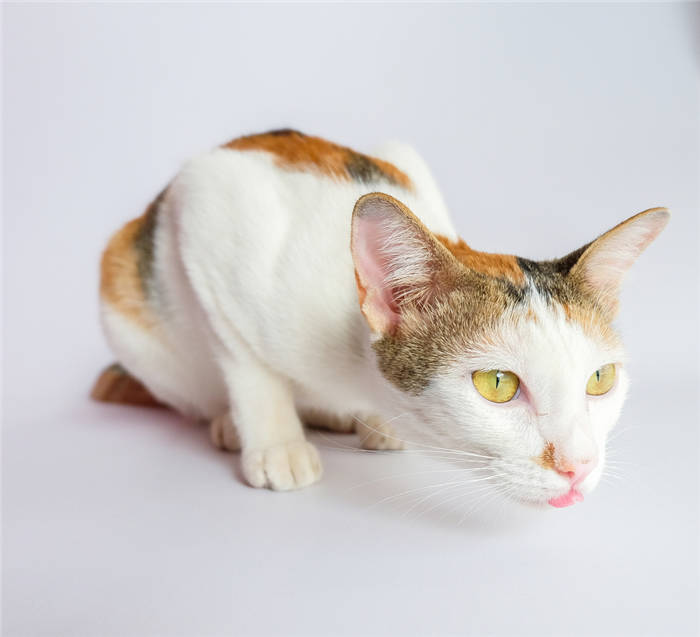
Types of cough depending on the cause
Coughs come in many varieties. To treat it, it is important to identify the irritant. Depending on the cause, there will be different associated symptoms.
Allergic
Seasonality of attacks is characteristic of pollen allergy. The allergic reaction is accompanied by colorless nasal discharge, red eyes or hair loss.
Also allergens include food, fillers, household chemicals, dust, tobacco and other irritants. Try eliminating the listed options and observe the reaction.
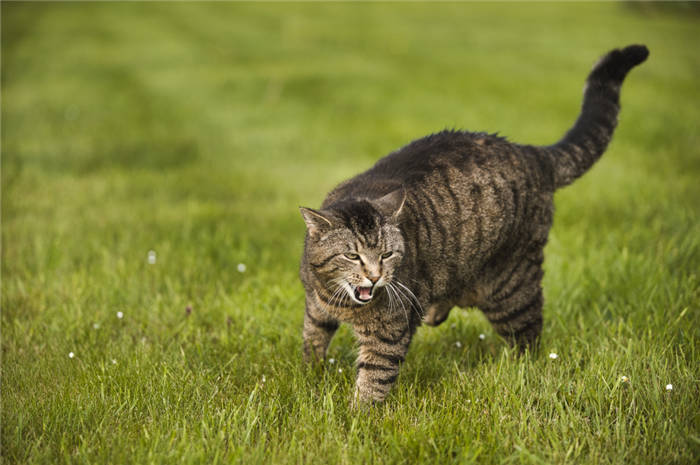
Asthma
Bronchial asthma is a chronic respiratory disease. It occurs with prolonged exposure to allergens in animals over 3 years old.
Unlike allergies, asthma attacks occur incrementally. At first, the cat coughs as if choking, and then a week later it faints and collapses due to lack of oxygen. Swelling of the mucosa blocks the vocal cleft and prevents normal air circulation. You can suspect the pathology by the following signs:
If you notice one of these symptoms, see your veterinarian. Delay in bronchial asthma is unacceptable, as it may result in the death of the animal.
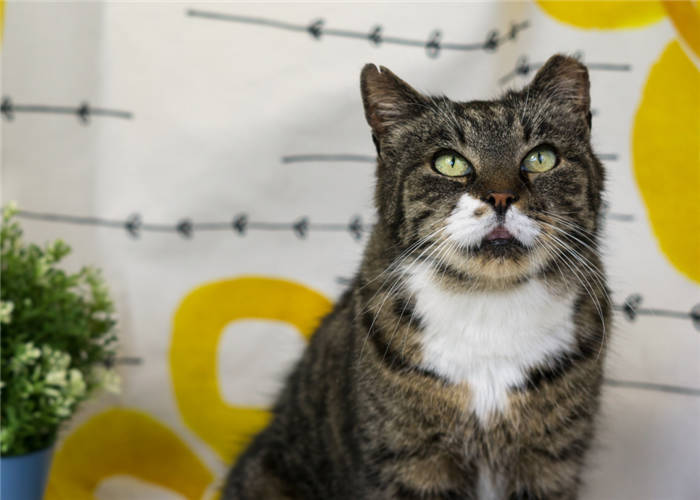
Viral
Colds in cats caused by hypothermia are rare. More often than not, the cause of a cat coughing as if choking is due to a viral infection. When infected with viruses, the symptomatology is supplemented by:
- loss of appetite or complete refusal of food;
- wheezing and vomiting;
- an increase in body temperature;
- lethargy and apathy;
- serous purulent discharge from the eyes;
- runny nose and salivation;
- formation of ulcers in the oral cavity.
Why is the cat coughing and wheezing?
Specific tests for bacteria and viruses are performed when a pathogen circulating in the blood is suspected. Instrumental diagnosis includes an ultrasound examination of the heart if myocardial disease is suspected.
An x-ray examination is also performed to visualize the internal organs of the cat and possible changes in their size and location. In some cases, flushes from the trachea are necessary.
How to treat wheezing breathing
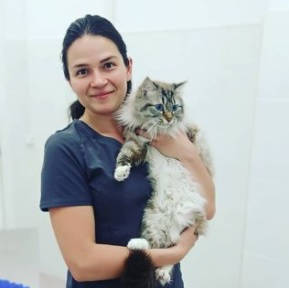
After making a diagnosis, the veterinary specialist will prescribe a clear scheme of treatment. It is necessary to follow all recommendations, adhering to the treatment regimen. Otherwise, the condition of the animal may worsen due to complications that develop.
Diagnosed in a cat cough with wheezing, occurring against the background of trauma to the respiratory tract, requires immediate intervention and surgical intervention. Any delay will result in death as a result of asphyxiation.
Treat a cat with cough diagnosed with helminthiasis with special antiparasitic agents. The choice, dosage and duration of treatment directly depend on the type of parasites. Pulmonary helminths are removed by prescribing drugs such as Milbemax, Stronghold, Kanikvantel.
Therapy of cats with cough, provoked by viral and bacterial factors, includes a mandatory course of antibiotics. This is especially important for diagnosed pneumonia. A specialist selects individually the type of drug, the amount and duration of the therapeutic course.
It is necessarily important to visit a specialist for possible correction of the treatment. Widely prescribed expectorants and mucolytics, allowing to increase the rate of separation of the secretion in the bronchial tree. Immunomodulatory agents and vitamin preparations are prescribed as a general strengthening therapy.
A diagnosed cardiac cough, requires a special approach. Animals with heart disease must be kept under control, noting any changes in the condition.
Cardiac medications are prescribed, with constant monitoring of myocardial and circulatory circuits.
Bronchial asthma is treated with hormonal agents – glucocorticosteroids and bronchodilators. A cat with bronchial asthma must be protected from irritants – cigarette smoke, indoor dust, poor quality food and chemicals. In the first stages of treatment of asthma in cats, antihistamines are well-proven.
If the cat is coughing, what to treat and how to help
If the cat is coughing and sneezing, the owner should contact the veterinary clinic. Schemes of therapeutic treatment differ depending on the cause that caused the pathological symptom. Veterinary medicine specialist finds an individual approach to each individual case of pathology.
It is advisable to treat a cough resulting from infection with dirofilariosis (heartworms) with specific bronchodilators. In addition, treatment may be surgical.
Diagnosed feline influenza is treated by administering drugs against dehydration of the body, as well as medications to reduce pain and fever. With secondary infestation with bacterial microflora, antimicrobial drugs are prescribed.
Bronchial asthma is treated with anti-inflammatory drugs, hormonal steroids, and general restorative agents. Bronchodilators are needed to make it easier to breathe in and out, and they help open up the respiratory tract.
If the cat is sneezing and not just coughing, doctors recommend the inhalation method of administering medications. If the allergic nature of the allergy, special hormone-based steroid agents are administered.
Pulmonary edema based on diseases of the cardiovascular system requires the immediate administration of cardiac drugs, expectorants. It is not desirable to treat this pathology at home. In the conditions of the veterinary clinic, the patient with the pathology is administered beta-blockers, inhibitors and diuretics. In dangerous situations with air, lymph or blood accumulation in the area of the pleura, drainage is necessary. The cavity should then be treated with an antibacterial solution, antibiotics, and analgesics.
Diseases of a fungal nature require the prescription of specific agents. Polyps in the nasopharynx are eliminated by surgery. If a neoplasm in the respiratory tract is not possible to remove by surgery, alternative methods are prescribed – radiation or chemotherapy.
Prevention
Preventive measures by following basic rules can prevent the cat from coughing and keep it healthy. It is important to take precautions and have your pet vaccinated in a timely manner. In addition, anti-parasitic treatments are necessary to avoid many diseases transmitted by helminths, fleas or ticks.
For the safety and health of your pet, contact with sick animals and stray animals should be avoided. It is recommended to visit the veterinarian once every 6 months. This will enable the timely detection of pathological changes in the body and prescribe adequate treatment.
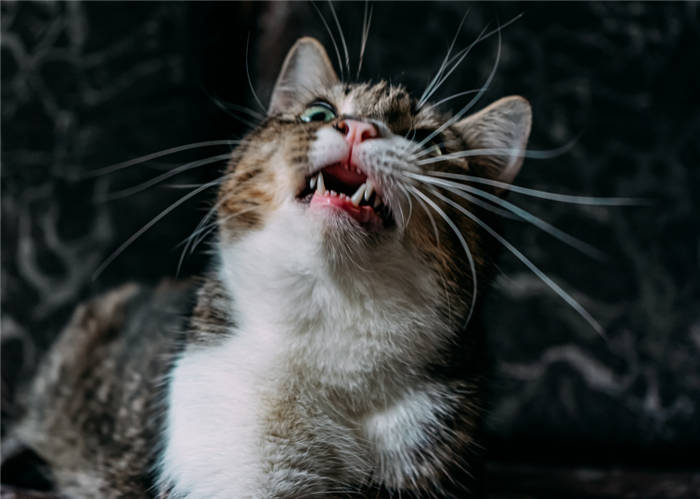
Due to the high volume of incoming questions, free veterinary consultations are temporarily suspended.
Why is the cat coughing? Coughing causes in cats
The cough reflex, or cough reflex in jargon, belongs to the category of unconditioned reflexes, i.e. basic reflexes. Its purpose is to protect the airways from ingress of foreign particles and to evacuate mucous exudate (sputum) in diseases of the lungs and bronchi. This reflex in cats, as well as in other warm-blooded animals, is innate. If If a cat is coughing heavily and tearingly, you should immediately try to figure out why the cat or cat coughs strangely.
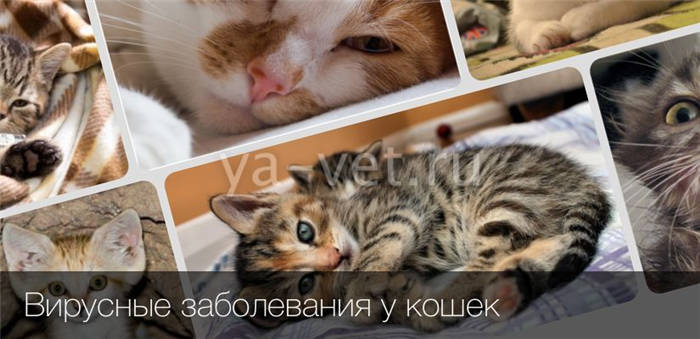
Cats are very susceptible to viral infections, of which there are now many known. It should be borne in mind that any.
Confuse a cat's cough with anything is quite difficult. It is the same as in humans, but supplemented with a burping motion – as if the cat is choking on something. Mechanically, coughing in a cat, and in a cat as well, is as follows. When the respiratory muscles of felines sharply and forcefully contract, the so-called vocal slit opens and a sharp inhalation occurs. The lungs are filled with air, which is then sharply pushed back with the sharp spasm of the diaphragmatic dome muscles. With the flow of air, mucus or particles of a foreign body are expelled from the airways. To facilitate the process, cats arch their backs and extend their necks forward.
If a single coughing motion occurs, there is no need to worry. But if coughing becomes persistent.Appears both during the day and at night, then the cat should be taken to the vet, who will give an accurate diagnosis. But first let's list the causes, so that it was easier to determine why the cat is coughing. These include:
The main reasons why a cat is coughing
1 Entry into the airways clumps of hair. This is especially common in long-haired breeds of pets.
Diagnosing the causes of cat cough and making a diagnosis
A veterinarian can establish an accurate diagnosis as the root cause of cough in cats. Our veterinarians will make a detailed diagnosis of your cat's condition and, in accordance with the established diagnosis, decide on further treatment. Diagnosis includes such methods, such as:
1 Laboratory blood and urine tests. If the cat has a disturbed or lowered eosinophilic white blood cell count, this is already 98% proof of a viral infection. Eosinophils give a fairly complete picture of the cause of the disease. Eosinophils are elevated, for example, in allergic conditions, but a decrease in this group of white blood cells is already a sign of infection. For the record, within half an hour of sleep, this leukocyte count is also 30% higher than the average.
2 If the cat is coughing, her sleep is disturbed and she additionally scratches her nose, it can be judged that the cat has an allergic reaction to a substance.
3 Cough against a background of cardiac pathology is necessarily accompanied by abnormalities in the cardiogram. The doctors of our center will definitely offer this examination of the cat's heart for the initial diagnosis of the cause of cat's disease.
4 If cancerous process in the respiratory tract is suspected, the veterinarian will perform a biopsy analysis of the bronchial tissue. Eosinophils will also be elevated in malignant tumors.
As we can see, The causes of cough can be varied, but they all require mandatory and thorough treatment. The diagnosis made by a veterinarian in our center is characterized by a high degree of accuracy.
Important! If a pregnant cat is coughing, If a cat coughs, its treatment is complicated by the fact that pregnant women have a number of restrictions on the prescription of certain drugs because of their teratogenic (affecting the fetus) action.
Why is the cat coughing and wheezing, what diseases may be
Coughing in a catAs a rule, it never occurs as an independent disease. Most often it is a symptom of other diseases.
- At first, many people think of asthma. Such a disease affects cats over two years of age. The attacks are rare at first, not severe. However, they get stronger and stronger each time. One day it may end up that, after a while, the cat may no longer react at all to what is going on around it. Asthma requires constant monitoring and treatment.
- Allergies can also be an equally dangerous disease. In such a case, the cat usually sneezes a lot. However, you should not self-medicate. Show your furry pet to a veterinarian, who will prescribe adequate treatment.
- Coughing in a cat can also be provoked by worm diseases, from which absolutely all animals suffer. If the parasites are not disposed of in time, they can enter the environment together with the vomit.
- This reflex can also provoke a foreign object to enter the respiratory tract. If you suspect that your pooch has swallowed a foreign object, we strongly recommend that you do not take action yourself, because if you try to remove the object from the airways yourself, you can harm your pet.
- Also, you can not exclude the cardiac cough, which occurs in the case of a number of cardiac pathologies. This occurs because the heart expands and presses on the lungs and a cough reflex occurs. In a cardiac cough, unlike the others, no hoarseness can be heard in the lungs.
- Among other things, the cat may swallow its own hair, and now it is coughing and trying to help itself to push the foreign body out of its throat.
- Cancer can also occur in the respiratory tract, which in turn leads to severe coughing.
- The animal has accumulated fluid in the chest and it is very bothersome.
- Rarely, but it is possible for intestine to enter the cat's lungs.
- Viral respiratory diseases.
- Dental problems, if severely neglected, can also provoke the cough reflex, because sometimes untreated flus develops into phlegmon, which can only be treated by surgery.
Who coughs and wheezes: what are the dangers, symptoms and insidious and different
An attentive owner should have noticed that The cat's cough has a different sonic coloration. Sometimes it is wheezing, sometimes it is an incessant, full of anguish dry sound. If you record the sounds of the cough on a tape recorder or video camera, it can be very helpful to the doctor in diagnosing the disease. Sometimes the host's description is not very accurate. Among other things, the cough may be morning, daytime, evening, or nighttime. Coughing at night causes a lot of trouble for the cat, depriving him first of all the normal sleep, and the owner, who begins to worry about the health of his fluffy friend.
During a coughing fit, the animal During a coughing fit, the animal may also extend its paws and may group itself. These signals indicate that the sound has changed from a life-saving reflex to a very dangerous condition, which directly threatens the cat. In particularly severe cases. the animal may suffocate.This indicates that the owner should call a veterinarian as soon as possible.
Reasons for wheezing or coughing
- The most obvious is foreign bodies in the airway. If the object is small and has no sharp edges, the animal gets rid of it quickly and breathing returns to normal. In rare cases, a veterinarian's urgent care is required – for example, if the cough or wheezing is caused by a blocked airway or partial blockage with a swollen esophagus (a common case when a bone is embedded in the soft tissues).
- The second most common cause is respiratory infections. Animals with normal immunity tolerate them easily, so the symptoms disappear quickly and the condition stabilizes.
- Viral or allergic diseases – asthma, rhinotracheitis, etc. in this case, veterinary intervention is necessary, otherwise the disease will lead to complications or death of the animal.
Wheezing or coughing in cats may also indicate inhalation of irritants, accumulation of fluid in the pleural cavity or heart failure. Worm infestations are also on the list of possible causes.
Cats can also cough due to brachycephalic syndrome. It develops in short-necked breeds against a background of genetic predisposition, stress, trauma, or improper nutrition.
Symptoms and diagnosis
- Cough – dry or wet, with separation of sputum.
- Difficulty of breathing, accompanied by extraneous sounds.
- Shortness of breath even after minor physical exertion.
- Decreased appetite.
- Lassitude, changes in behavior.
- Abundant salivation, irritation of mucous membranes.
If the cough or wheezing is caused by an infectious disease, signs of an inflammatory process such as fever are added to the symptoms.
Diagnosis is made on the basis of the assessment of symptoms. Its main task is to determine the cause of wheezing and coughing, for further management. After collecting the anamnesis and examining the animal, the veterinarian may prescribe:
If it is difficult to make a diagnosis, other examinations may be performed.
Why does a cat sneeze and cough?
Ideally, this way of exhaling oxygen and air in animals and humans protects them from suffocation if an object, water, irritants in the form of, for example, smoke or gases get in the way. A cat coughs if cigarettes or bongs are smoked in its presence. Often pets in general are allergic to smoke impurities. Also, if there has been inflammation in the lungs, the body uses the cough to get rid of the accumulated inflammation and tries to cough it up. This works in all living things, also in humans. If a cat coughs, it usually extends its neck.
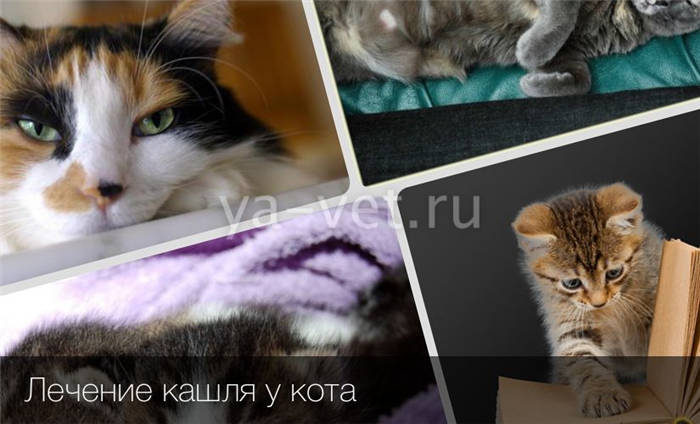
From time to time a cat may cough and wheeze. Any owner will be frightened by the cat's husky voice and will immediately rush to the computer.
If cat is coughingThere is obviously something wrong with him. This is a "good" symptom for the vet, because he often determines from the cough what the problem is, and then goes on to a detailed diagnosis of the chosen area. Sometimes it's the respiratory tract, sometimes it's the heart and blood vessels.
Specifics of the cough
In the feline family, unlike those of dogs, coughs are rare. Even if the disease is similar in a dog and a cat, which is common, the cat just wheezes or suffers from shortness of breathSometimes it just has heavy, labored breathing. While the dog has a cough. Often the sounds determine the disease itself and it is only a matter of detailed diagnosis. For example, if a cat has inflamed pleura and lungs, has pneumonia or heart problems, they will most likely breathe heavily and wheeze. They won't cough because they avoid it themselves. Pets become less mobile, don't play, show no emotion, meow or make no sounds. Often they just hide in a secluded place in one position or vent near a window or balcony to breathe easier.
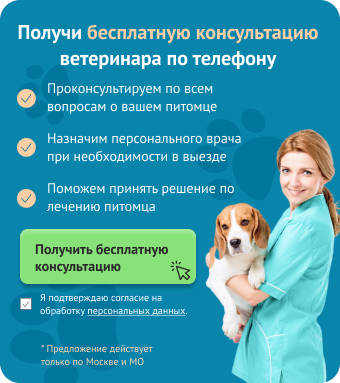
If this behavior is noticed in a pet, it is already The cat's condition will not want to go to a new clinic. Call the doctor, because in this condition the cat will not want to go to the clinic. He will only experience stress and the situation will worsen. The disease will also begin to progress. It is better to show the doctor how the cat behaves at the place of the disease. This is the only way the doctor will diagnose the disease correctly and apply a course of treatment.
Sometimes The cat sneezes and coughs at the same time. This usually happens with allergic reactions. Allergies in cats can be for anything from dust and some particles and microorganisms in the house to new litter or even food. If cat rubs its nose and sneezesIt's further proof that she's allergic.
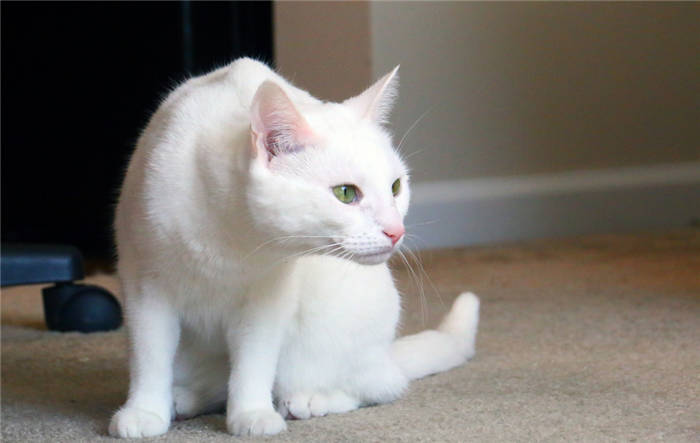
The main provocateurs
There are a number of pathologies that also provoke coughing in catsFor example:
How to help a cat who has choked
If after eating fish or tubular bones the cat sticks out its tongue, coughs, wheezes, or just sits with its mouth ajar, there's a good chance it has a sharp bone lodged in its throat or esophagus.
With experience in handling animals, you can try to remove it yourself. But this can only be done if the bone is clearly visible in the mouth. To do this, you need to secure the cat. Then ask a helper to hold the animal and try to open the pet's mouth wide.
If the cat is coughing, wheezing or sticking its tongue out and making wheezing sounds, but the foreign object cannot be detected on examination, the animal should be taken to a doctor immediately.
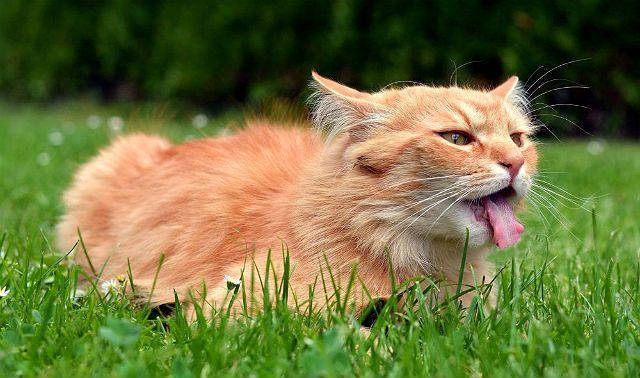
Preventive measures
To minimize the risks of wheezing cough in cats, the following rules should be adhered to:
- Vaccinate the animal against infectious diseases in a timely manner;
- carry out regular treatments against helminths and skin parasites;
- comb the hair of long-haired breeds daily;
- periodically feed gels and pastes to remove hair from the stomach;
- prevent overcooling of pets;
- strictly follow the rules of cat hygiene and provide quality conditions;
- Do not feed the cat with raw river fish and tubular bones.
If a situation does arise in which the cat starts coughing, wheezing and huddling on the floor, you should immediately go to the veterinary clinic. Specialists will quickly find out the causes of these symptoms and provide expert help.
Finally, at Veterinarian Online you can get an urgent consultation with a vet anytime and anywhere you want: chat, messaging or over the phone (service chargeable). Click here>> to access the service.






